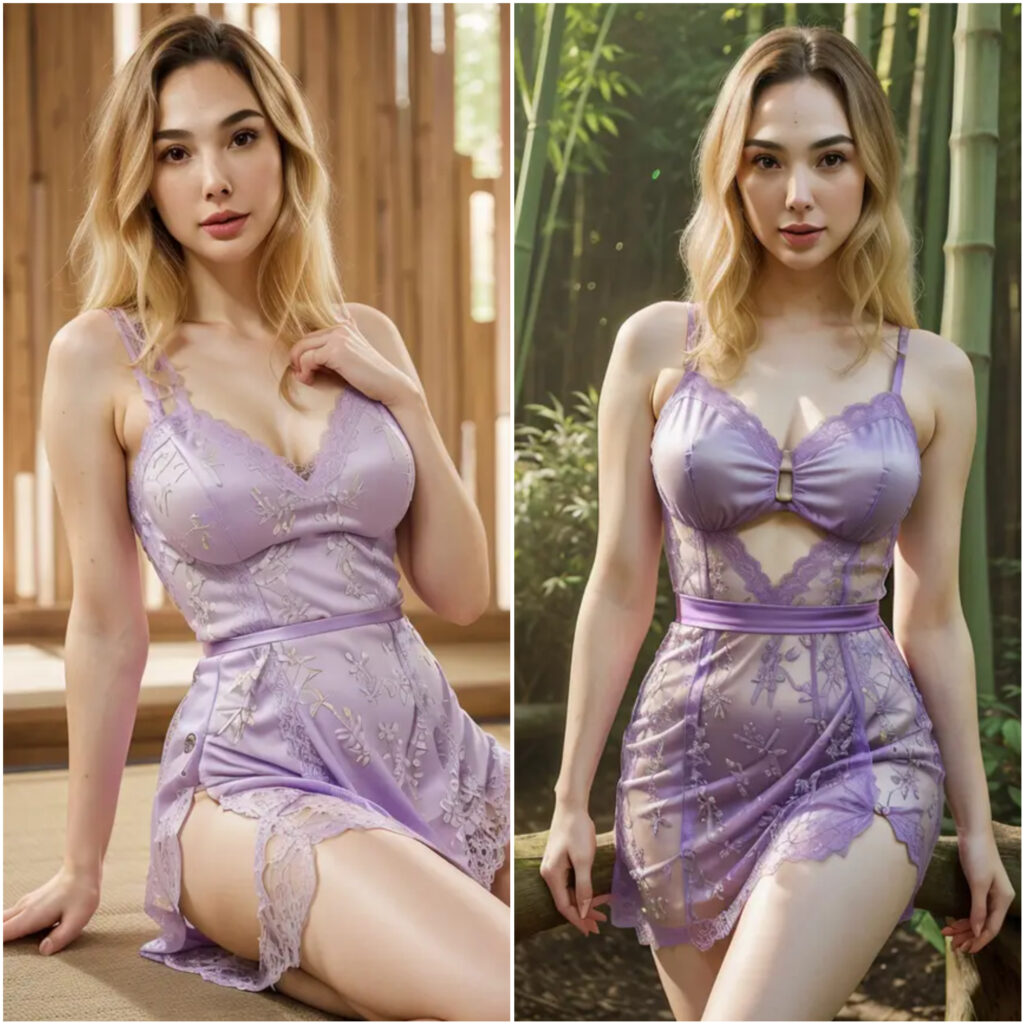The concept of beauty is a captivating idea that can differ greatly from person to person. Researchers have long been interested in exploring beauty and have carried out many investigations on the topic. A recent study in particular has sparked curiosity by challenging the idea that Angelina Jolie may not meet the scientific criteria for being considered beautifully radiant. This finding has led us to rethink our conventional notions and contemplate the influence of science in defining what is considered attractive.
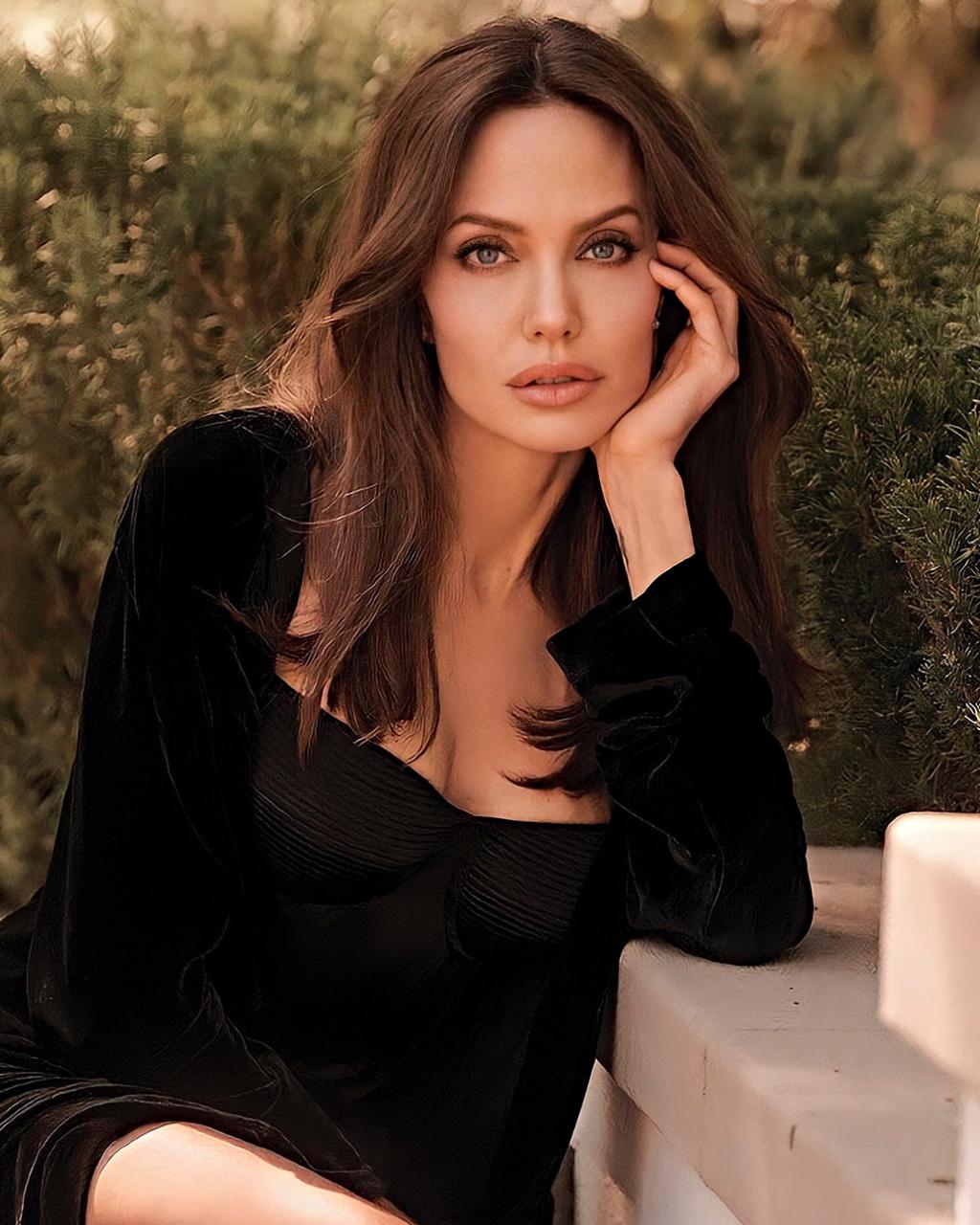
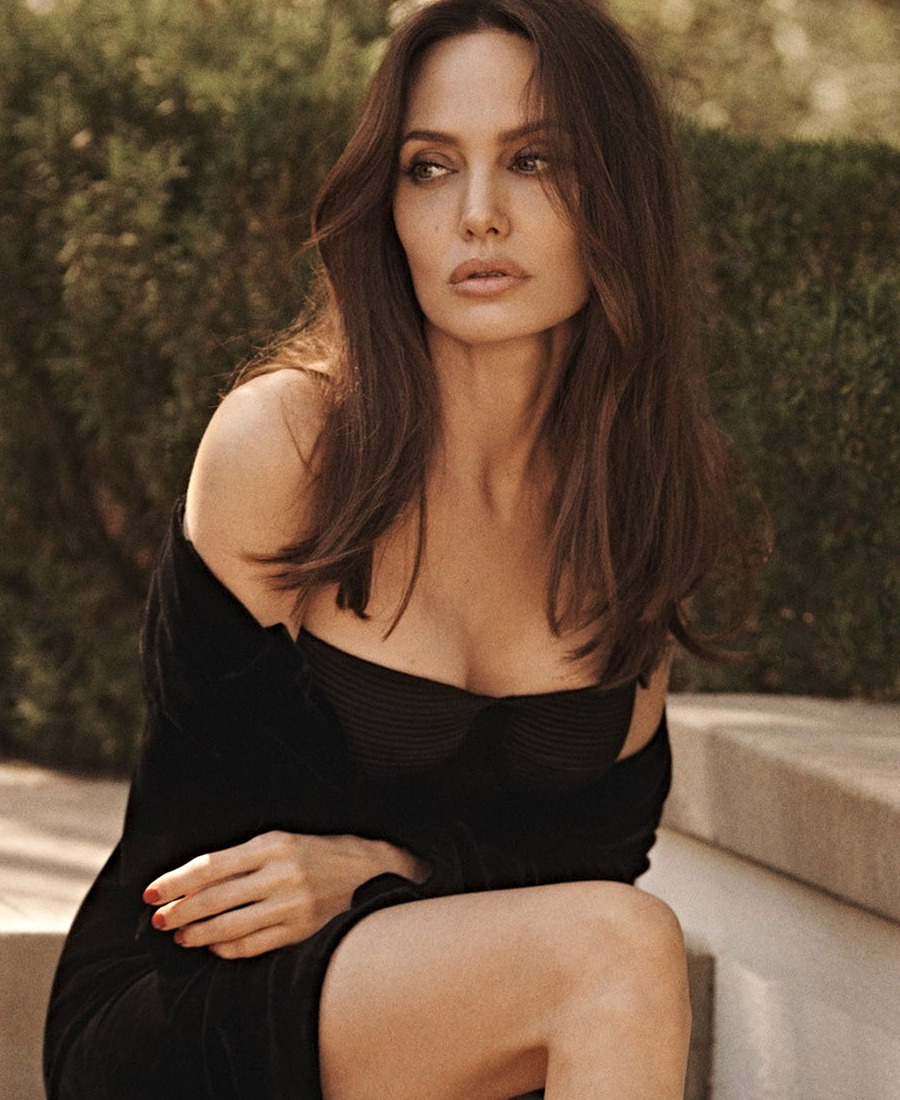
In a world that’s constantly evolving, beauty ideals might seem flexible and open to personal opinion. This makes a recent study on whether Angelina Jolie meets scientific beauty criteria quite intriguing and somewhat questionable. While researchers have attempted to define attractiveness using measures like facial symmetry and proportions, the results of this study challenge the very core of beauty standards and scientific analysis.

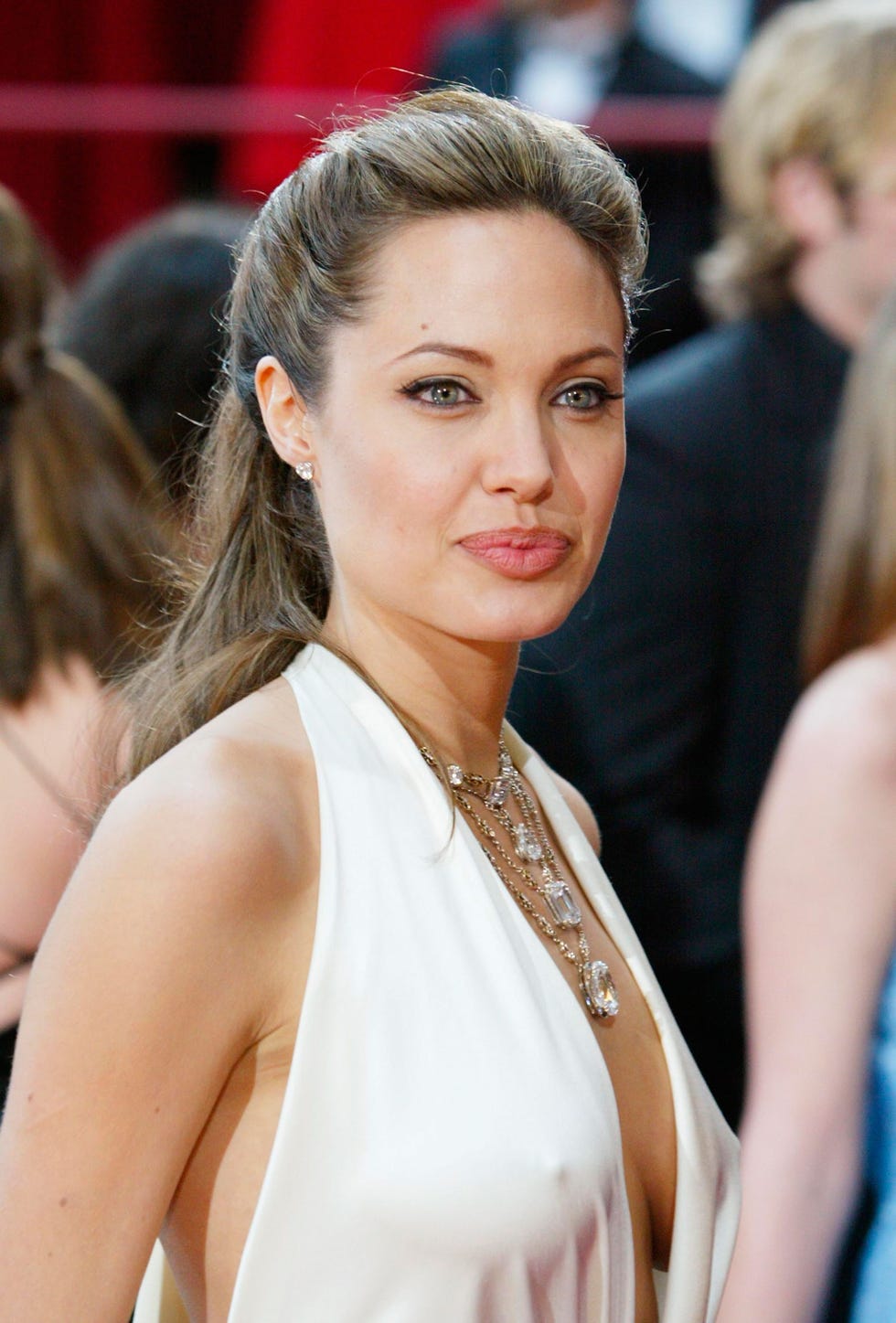
Angelina Jolie, known for her stunning looks, has long been a mesmerizing presence. However, new studies suggest that her facial characteristics don’t quite fit the usual criteria used to gauge beauty scientifically. This revelation challenges the notion that beauty can be defined universally and raises questions about the limitations of using a scientific lens to capture the essence of charm.
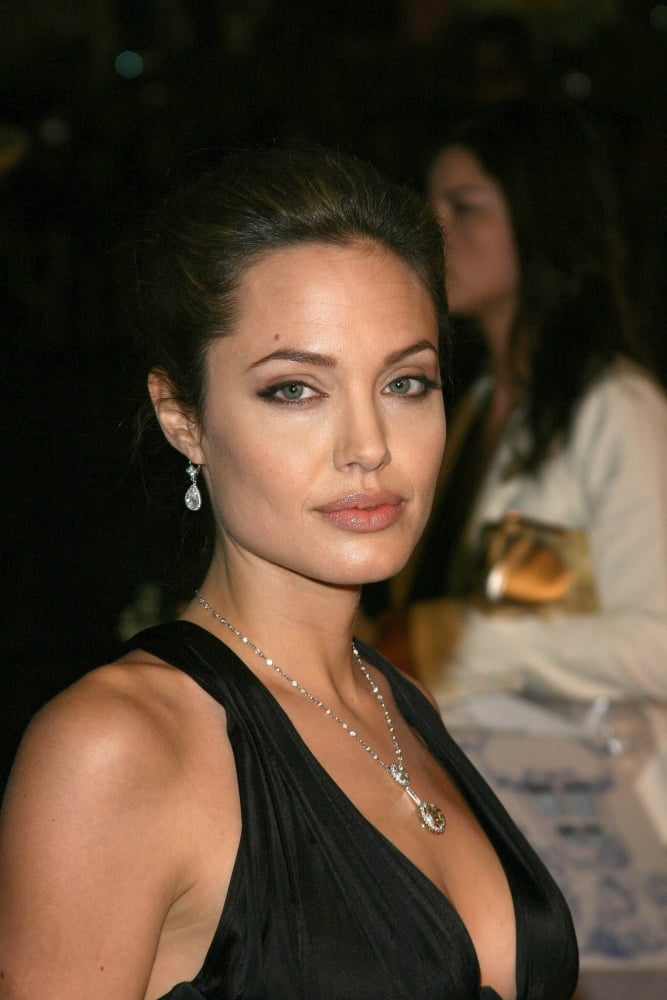
The findings of the study have sparked discussions about the subjective concept of beauty and the challenges that come with labeling people according to set standards. Critics believe that attempting to define beauty with fixed criteria overlooks the intricacies of personal preferences, cultural factors, and evolving societal values. These insights extend beyond just the realm of celebrities like Angelina Jolie, bringing up broader concerns about the relevance of beauty research. As beauty standards vary across cultures and eras, this study prompts us to consider whether a one-size-fits-all definition of beauty can truly capture the diverse spectrum of human aesthetics and uniqueness.

Rather than diminishing Angelina Jolie’s iconic status, the recent study has inadvertently sparked a conversation about the limitations of scientific objectivity when it comes to defining beauty. This brings to light the importance of having a more inclusive perspective on glamour, one that celebrates uniqueness and acknowledges that beauty standards are always changing. In essence, the research that challenges Angelina Jolie’s adherence to scientific beauty standards has raised numerous questions about the intersection of beauty and science. As we navigate the intricate world of attractiveness, this study prompts us to ponder whether a rigid scientific approach can truly capture the essence of glamour, or if beauty, with all its complexities, cannot be neatly classified in a systematic manner. In the end, the ongoing dialogue prompted by this study urges us to embrace the subjective and ever-evolving nature of beauty, honoring individuality in a world that is rich with diversity and delightful complexities.


